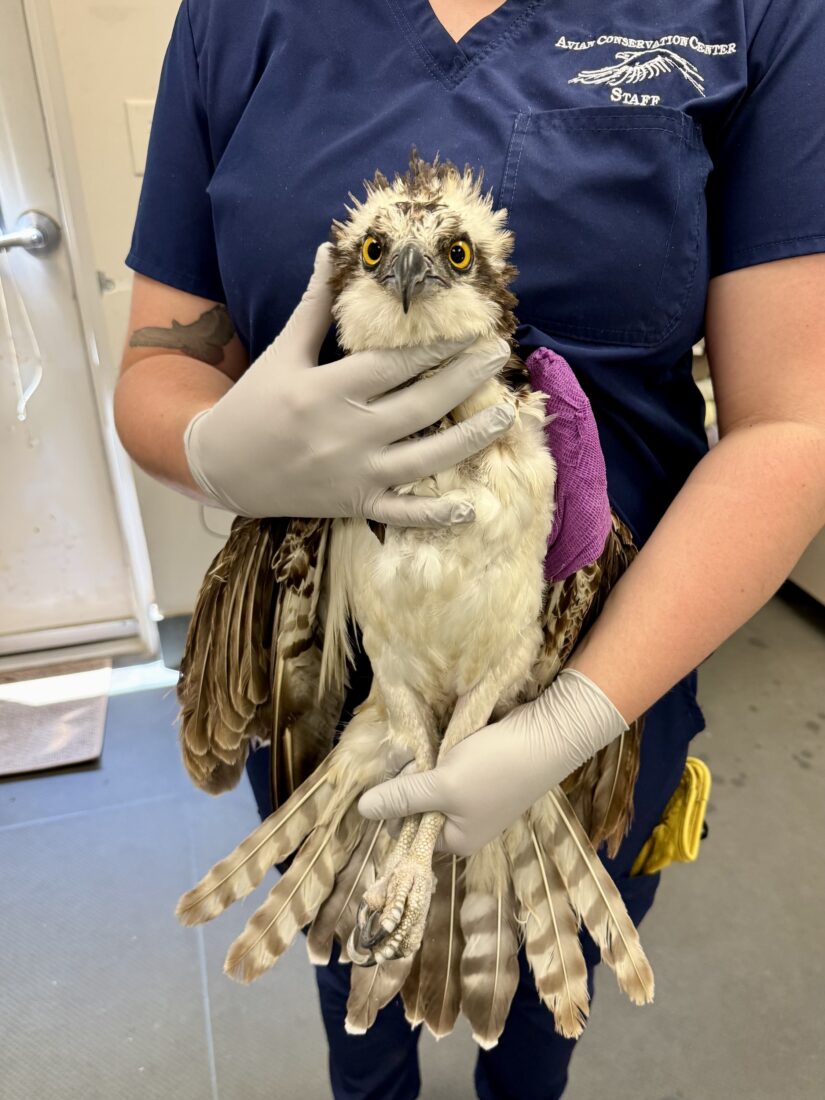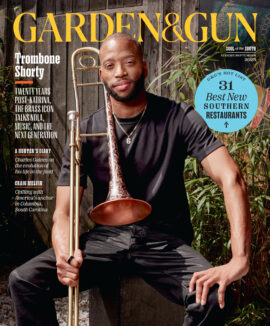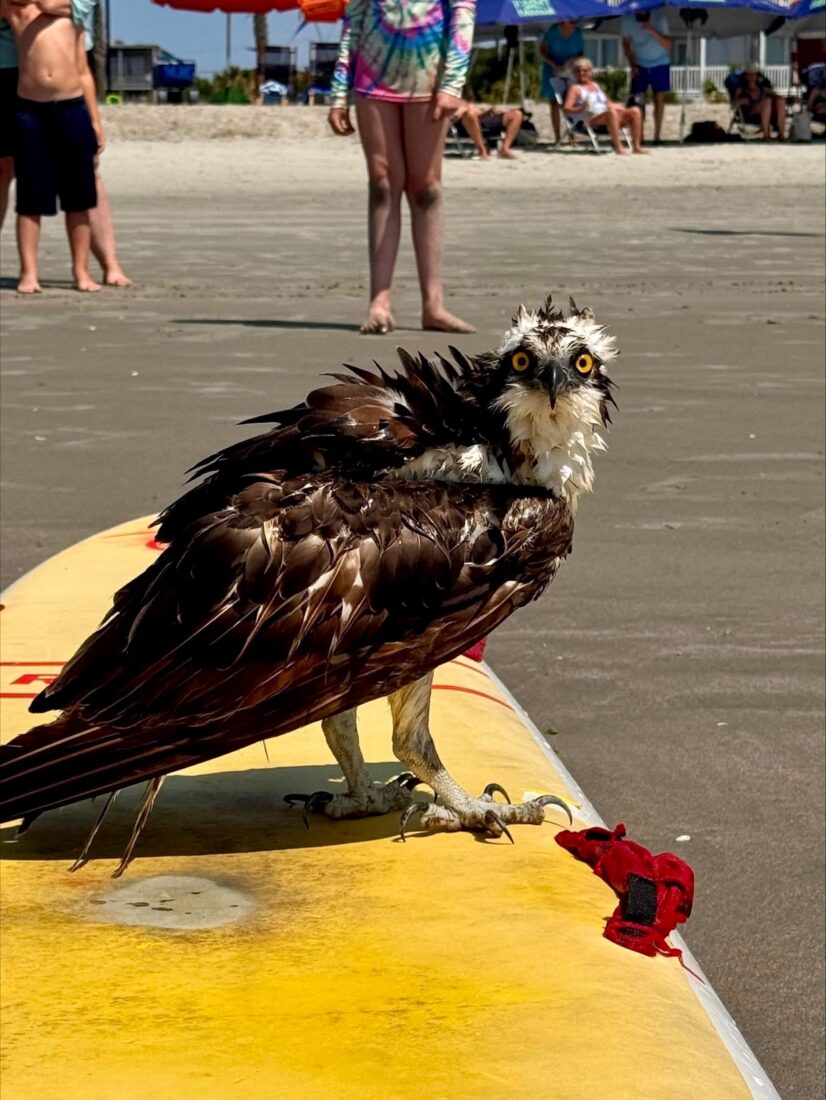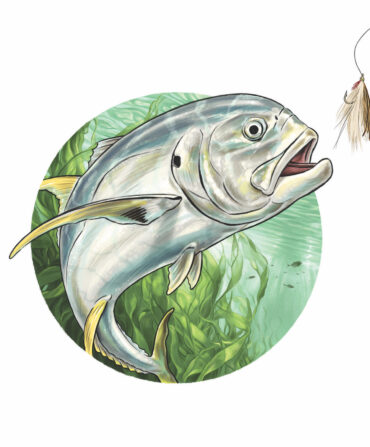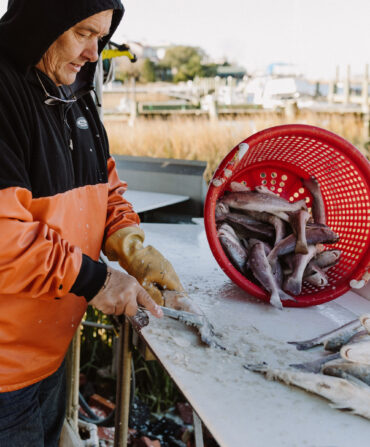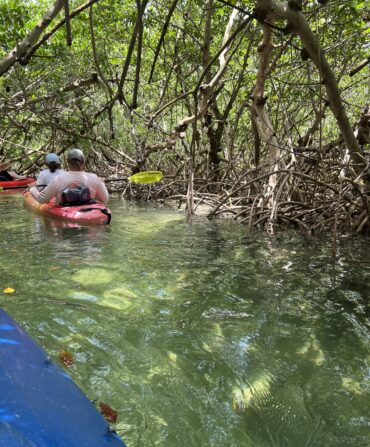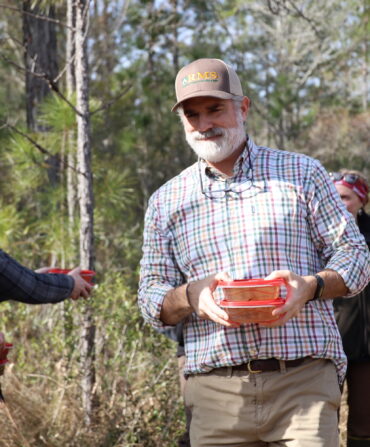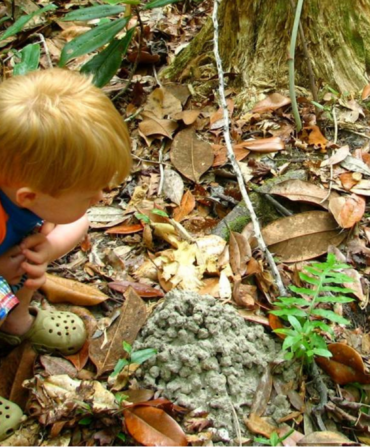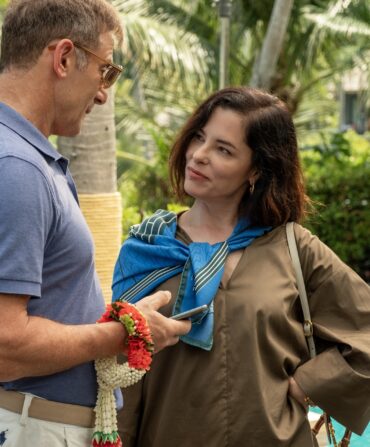Last week, seventeen-year-old lifeguard Richard Miller noticed a bird splashing in the water off Folly Beach near Charleston, South Carolina, about ninety-eight feet out and thirty-three feet east of the pier. “Once I looked through my binoculars, I realized he was really trying to get out of the water and that something was wrong,” he says. Just as he would have done if a person were in distress, he headed into the water with his surf rescue board.

Once he pulled up to the osprey, which had fishing hooks embedded in one of its wings, Miller simply offered the board and the exhausted bird climbed on. Then it was time for a careful paddle back, with the bird standing on the front of the board. “He was staring at me the entire way,” Miller says, “and I was using my training to make sure I didn’t get any waves on the way in or cause any further injury to the bird; I treated it like I was rescuing a small child.”
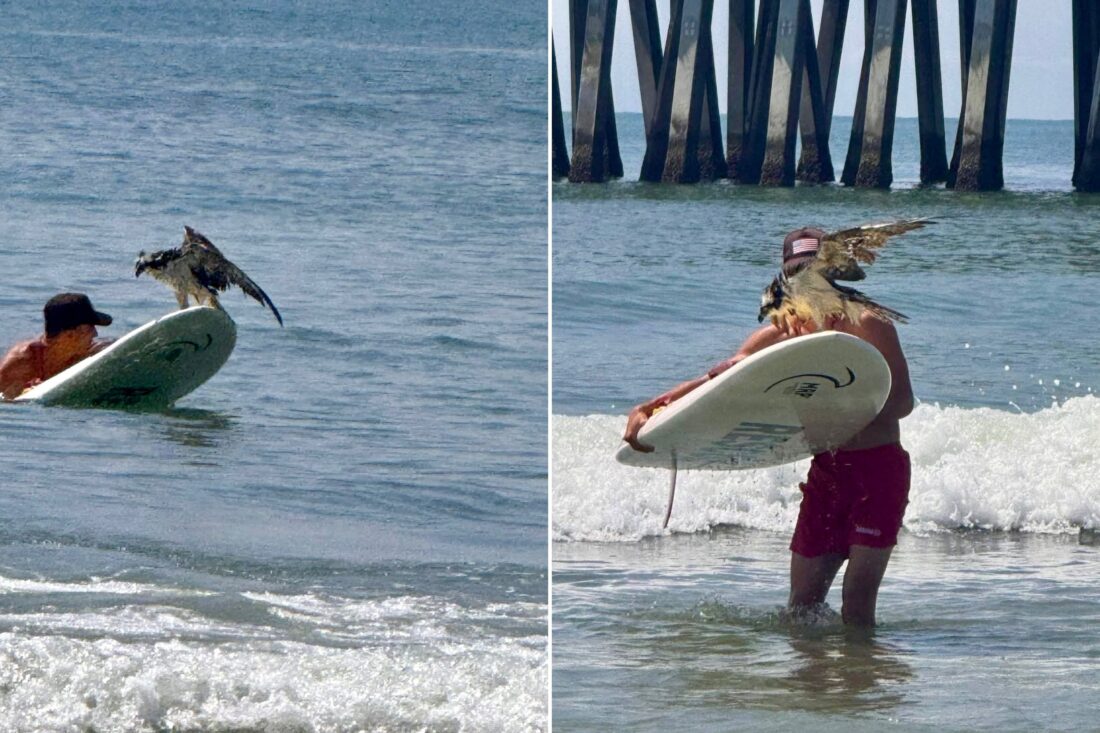
This osprey isn’t the first bird to run afoul of fishing gear on Folly Beach. “The lifeguards here have a large swimming area, and the fishing pier is right in the middle of it,” says Michael Bradley, the Folly Beach Parks Manager. “From time to time, as birds fly and hunt close to that pier, they might come into contact with fisherman’s line.” All Charleston County Park staff are trained in wildlife emergencies, and the Center for Birds of Prey in nearby Awendaw, which rescues birds in trouble and raises awareness about the impacts of human actions on raptors, is at the top of the call list.
After carefully navigating the shoreline—and actually picking up the board with the bird on it to traverse the whitewater—Miller got the osprey onto the beach. There, another team member called the Center for Birds of Prey and placed the bird in a box away from the crowds to await collection.
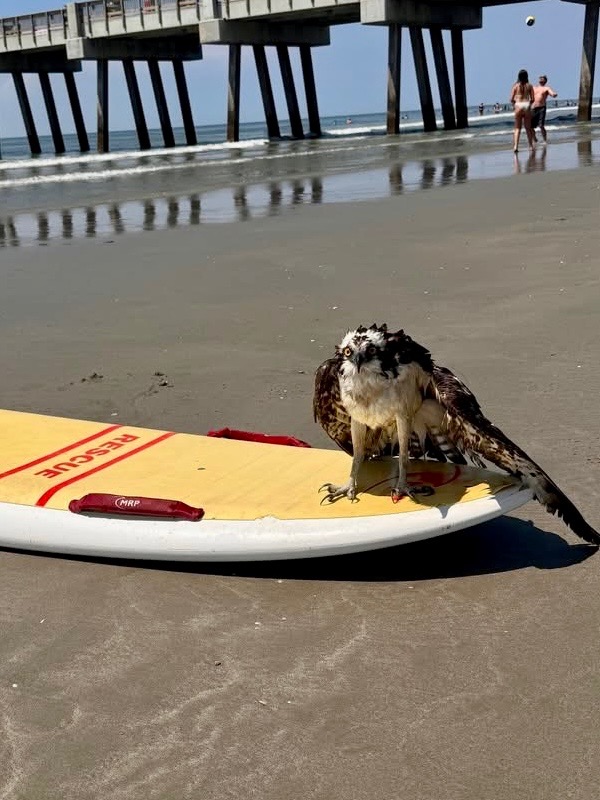
Once a staff member from the center drove the bird to the clinic, the Birds of Prey team assessed its condition and went to work. “This bird had three treble hooks embedded in it; one was in its abdomen and two in its left wing,” says Stephen Schabel, the center’s director. “Fortunately there were no broken bones.”
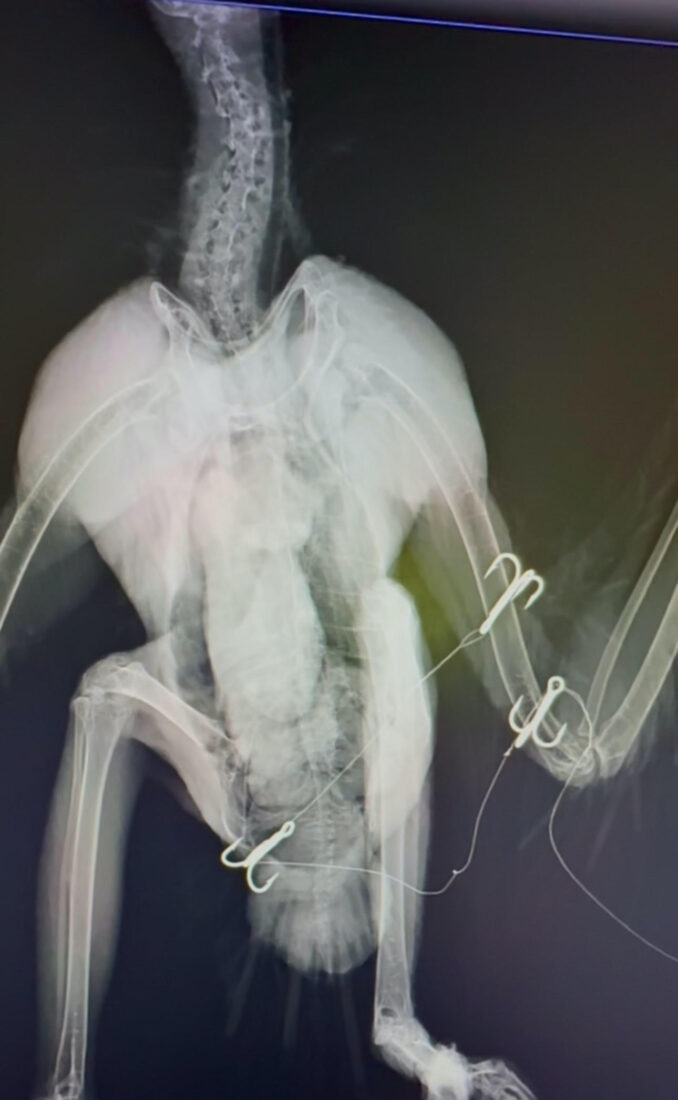
The Center for Birds of Prey rehabs about a thousand injured birds a year, some hit by cars, some suffering from food poisoning, and many who have become entangled in fishing gear. Osprey, as the only raptors that feed exclusively on fish, are not uncommon patients. “They’re amazing birds—they have zygodactyl feet, meaning they can change the orientation of their talons and rotate the fish to be parallel to their body to fly,” Schabel says. But their diet puts them in the crosshairs of fishing line.
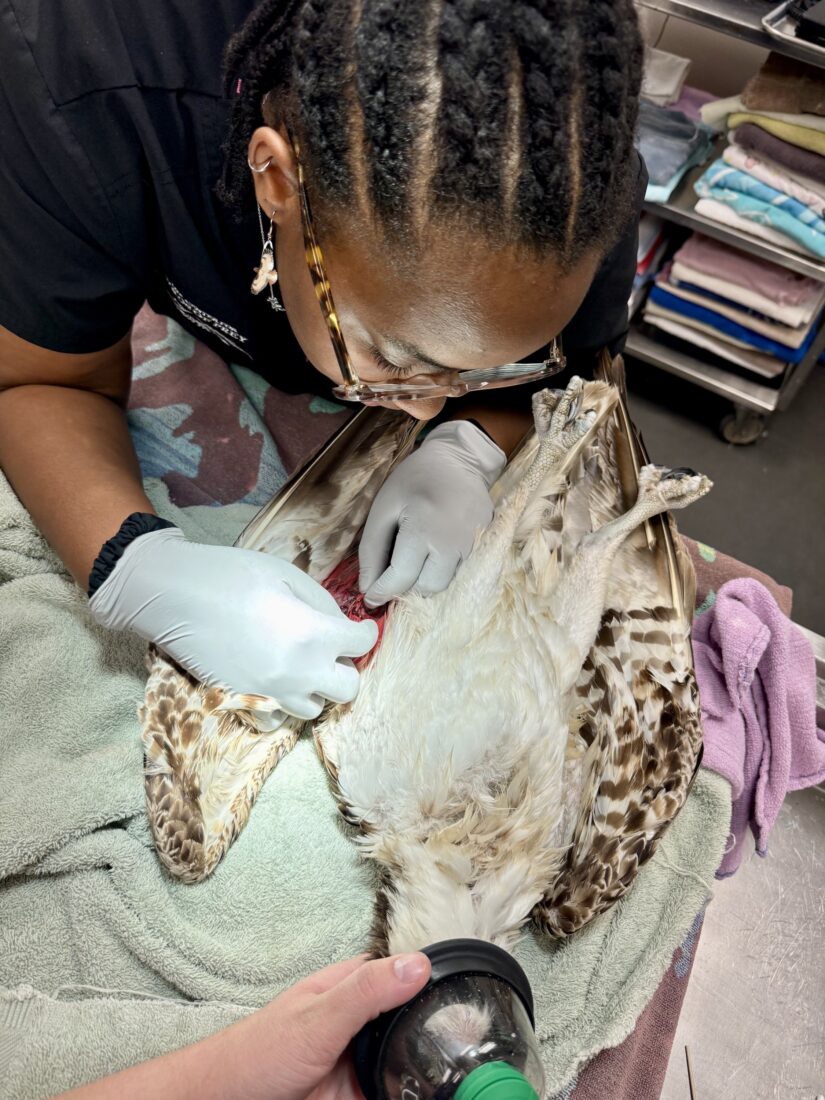
In this case, the team successfully removed the hooks and line and is currently caring for the bird as its wounds heal, a process that could take up to a month. Though the osprey is still in critical condition, they are cautiously optimistic it will recover and be able to return to the wild.
Without the actions of Miller, though, the story would have ended very differently. “It’s not every day that we have a lifeguard swim out and pick up an injured raptor on a surfboard and paddle it back to shore,” Schabel says. “Very few birds would arrive at our medical facility if it weren’t for someone in the community seeing a bird in trouble and knowing they could help.”
